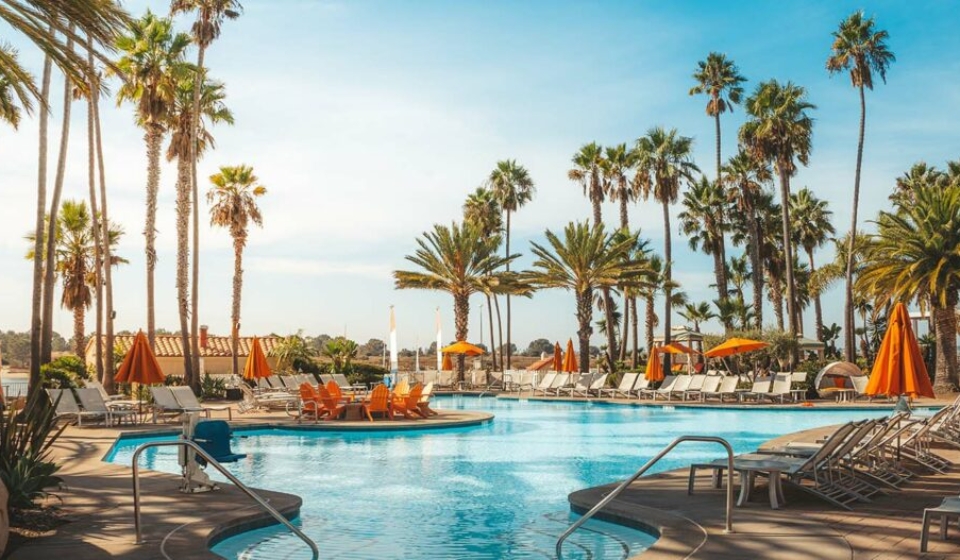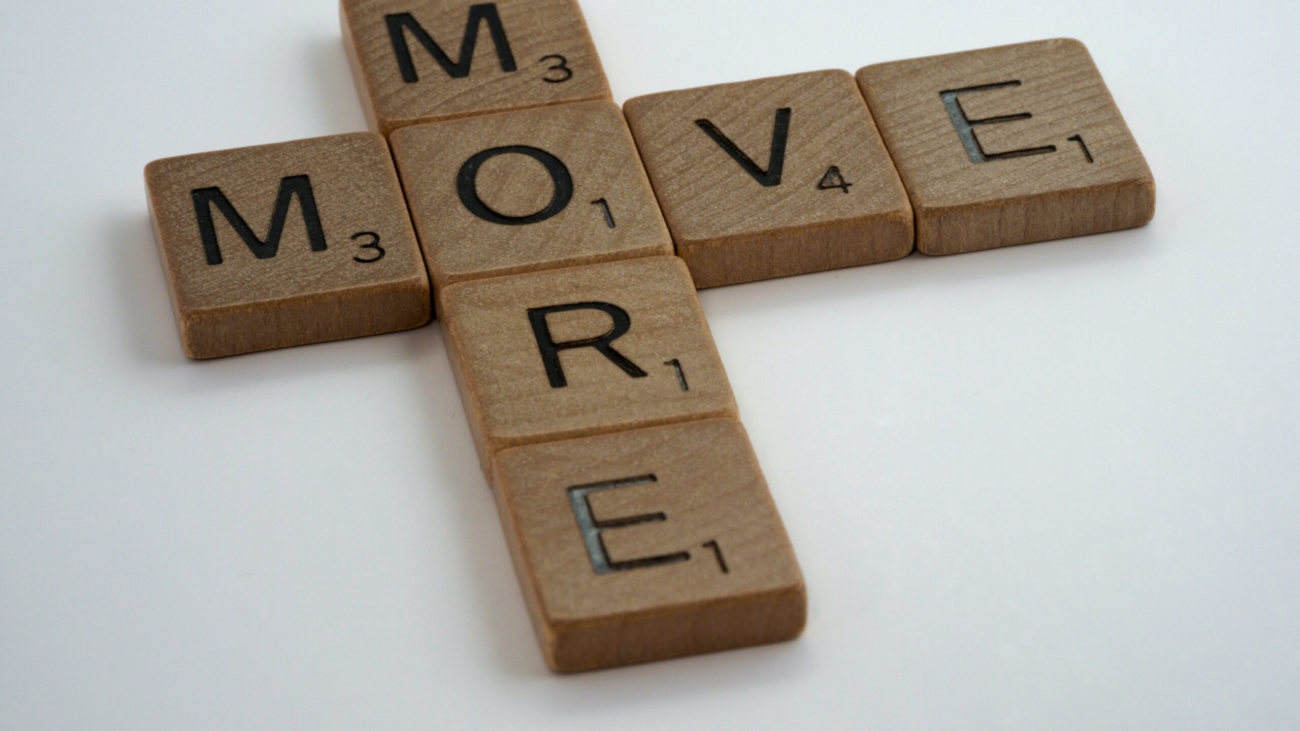As we age, embracing positive health practices and behaviors is essential to living a long and healthy life. In this article, we will uncover the tips and tricks for healthy aging so that you can make the most out of your golden years. From dietary supplements to physical activities, find out what works for you in terms of longevity!
What is Healthy Aging?
As we age, it’s important to take steps to improve and maintain our health. Eating a healthy diet, exercising regularly, and getting enough sleep are all key components of healthy aging. Additionally, staying socially active and mentally engaged can help keep our minds sharp as we age. Here are a few more tips for living a long and healthy life:
• Quit smoking. If you smoke, quitting is the single best thing you can do for your health at any age.
• Drink alcohol in moderation. If you drink alcohol, do so in moderation. heavy drinking can lead to serious health problems including cancer and liver disease.
• Get regular checkups. See your doctor for regular checkups and screenings, especially as you get older. Early detection of diseases and conditions is key to successful treatment.
• Take care of your teeth and gums. Good oral hygiene is important for overall health at any age, but it becomes even more important as we age. Gum disease has been linked to heart disease, stroke, and other serious health problems.
• Be active every day. Regular physical activity can help reduce the risk of developing chronic diseases such as heart disease, stroke, and diabetes. It can also help reduce stress, improve mental health, and promote bone and joint health.
Benefits of a Healthy Aging Lifestyle
The benefits of a healthy aging lifestyle are numerous. By following some simple tips, you can live a long and healthy life.
One of the best things you can do for your health is to maintain a healthy weight. Obesity is a risk factor for many chronic diseases, such as heart disease, stroke, and diabetes. Eating a healthy diet and getting regular exercise can help you maintain a healthy weight.
Staying active and engaged in your community can also help you stay healthy as you age. Social interactions help keep your mind sharp and can improve your mood. Plus, staying active can help you maintain your independence as you age.
Finally, managing stress is an important part of maintaining a healthy lifestyle as you age. Stress can take a toll on your physical and mental health, so it’s important to find ways to manage it. Exercise, relaxation techniques, and spending time with friends and family can all help reduce stress levels.
Diet & Nutrition Tips for Healthy Aging
As we age, it’s important to be mindful of our diet and nutrition. Unfortunately, as we age, our bodies become less efficient at absorbing nutrients from food. This is why it’s important to eat a balanced diet of whole foods, including plenty of fruits, vegetables, and whole grains. If you are unable to get all the nutrients you need from food, consider supplementing with a multivitamin.
In addition to eating a healthy diet, there are other things you can do to ensure you are getting the nutrients you need as you age. For example, drinking plenty of water is essential for overall health and proper digestion. Be sure to also avoid sugary drinks, which can cause weight gain and other health problems.
Mental Wellbeing Tips for Healthy Aging
As we age, it’s important to maintain our mental wellbeing. Here are some tips to help you do just that:
1. Stay Connected – Isolation can lead to feelings of loneliness and depression. Make sure to stay connected with family and friends, either in person or through technology.
2. Get Moving – Exercise is not only good for your physical health, but also your mental health. It can help reduce stress levels and improve mood and cognitive function.
3. Stimulate Your Mind – Keep your mind active by doing things that stimulate it, such as reading, puzzles, and playing games.
4. Get Some Sleep – Getting enough sleep is crucial for both physical and mental health. Make sure to get at least 7-8 hours of quality sleep each night.
5. Manage stress – Stress can take a toll on our mental wellbeing. Find healthy ways to manage stress, such as yoga, meditation, or journaling.
Social Connections and Engagement Strategies
It’s no secret that social interaction and engagement are important for healthy aging. Studies have shown that social interaction can help reduce stress, improve brain health, and increase life satisfaction. But what are the best ways to stay socially connected and engaged as you age? Here are a few ideas:
1. Join a club or organization. Whether it’s a book club, knitting group, or hiking club, getting involved in a regular activity with other people is a great way to stay social.
2. Spend time with family and friends. Schedule regular get-togethers, whether it’s coffee once a week or a weekend trip together. You can also stay connected through technology, like video-chatting or sending regular emails or text messages.
3. Volunteer your time. Giving back to your community can be very rewarding and is also a great way to meet new people. Look for opportunities at local schools, hospitals, senior centers, or religious organizations.
4. Get involved in your community. Attend local events, join a local sports team or theater group, or participate in neighborhood activities like block parties or book clubs.
5. Take classes and participate in activities at your local community center or senior center. These centers offer many different activities designed specifically for older adults, so you’re sure to find something that interests you!
In Conclusion
As we age, it’s important to focus on our health so that we can live long and healthy lives. There are many things we can do to promote healthy aging, including eating a healthy diet, staying active, and managing our stress levels. By making healthy choices and being proactive about our health, we can age gracefully and enjoy many years of good health.




















